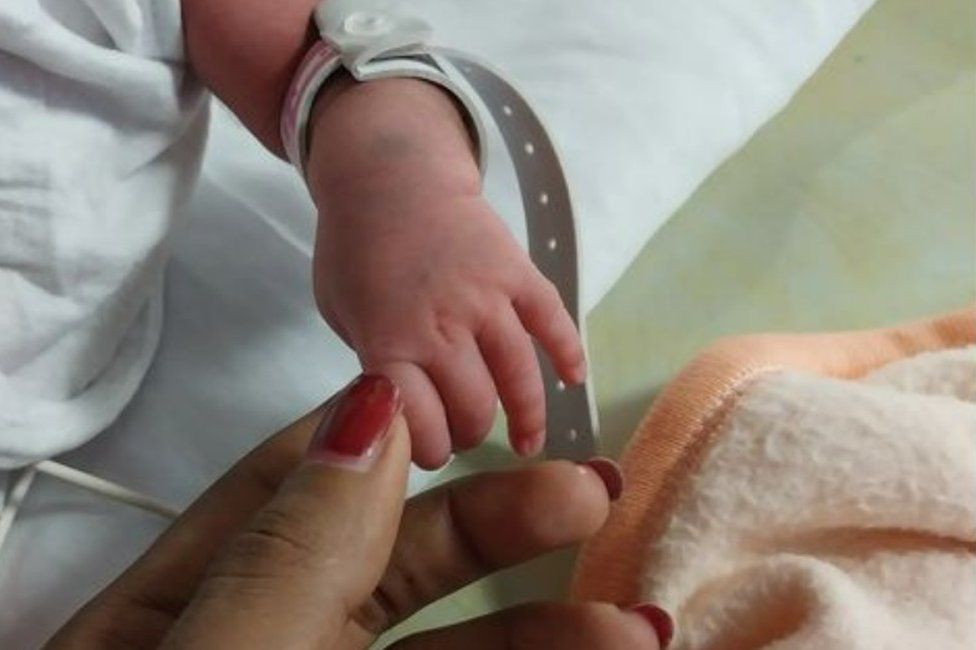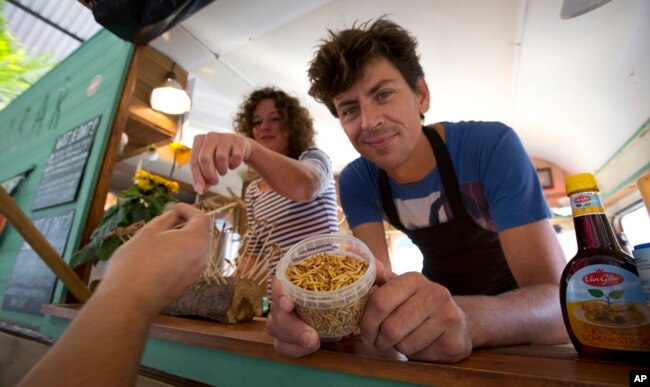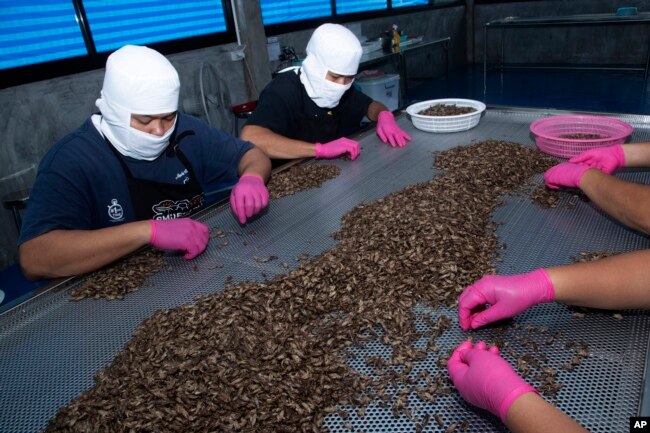Advocates shining a light on ecologically responsible bouquets want to do for the floral industry what locavorism did for food.
By: Michaela Haas
February 10, 2023
Debra Prinzing won’t get red roses for Valentine’s Day. She and her husband have been married long enough for him to know that Prinzing doesn’t appreciate long-stem roses in winter. “I don’t want to shame anybody,” she says from her home near Seattle, “but I feel bad for the men who are targeted with TV ads before Valentine’s Day and then think they need to get red roses to somehow show their love.”
What’s wrong with red roses? Quite a lot, as it turns out. “At this time of the year, you can hardly get any US-grown roses,” Prinzing says. “They are flown in from Ecuador, Kenya or the Netherlands, packed in cellophane, which is not recyclable, not to mention the pesticides that have been used to grow them. When they are imported, custom officials are only interested in ensuring they don’t bring in any pests, but nobody controls with which chemicals the flowers have been treated. To ensure that the flowers clear US customs, they definitely have been fumigated.”
Exotic flowers might look appealing, but their ecological footprint is devastating, and Prinzing has set out to raise awareness of the truth behind the pretty blooms. As the founder of the Slow Flowers Movement, Prinzing and her colleagues want the floral industry and its clients to embrace local, seasonal and sustainable flowers, grown without pesticides and under fair conditions for the workers. “We take our name from the slow food movement,” she says. “Everybody knows that this means regionally grown, nutritious and delicious food. But because people don’t eat flowers, they pay less attention to where their flowers come from..”

Buyers who do want to know the source of their bouquets can search the Slow Flowers directory, which lists hundreds of local flower farmers and florists that are part of the “farm to vase” effort. “We’re growing by about 10 percent every year,” Prinzing says of the Slow Flowers Society membership, which is 850 and counting. Or fresh flower fans can take a Slow Flowers workshop and learn to grow their own. This February, Prinzing is tending to hellebores, tulips and daffodils in her yard. “You can make a nice arrangement with some flowering winter ornamental shrubs,” she suggests.
Cutting Out ‘Fast Flowers’
Americans buy about 10 million cut flowers per day, spending between $6 billion and $7 billion every year, with the vast majority imported from monocultures in Africa, South America or Holland. Unlike with food, there are no restrictions on the quantities and toxicity of the pesticides used for the flowers that are often harvested by underpaid workers under inhumane conditions, packed in plastic and then transported over thousands of miles.
Prinzing refers to the imports as “fast flowers.” Similar to fast food, the advertising might look appealing but the products are often full of toxins and won’t contribute to anybody’s health, least of all the planet’s.
Since Amy Stewart published Flower Confidential in 2007, a scrupulously reported behind-the-scenes look into genetic engineering, exploitation of workers and pollution, awareness of the outsize impact of the international flower industry has been growing. Because the use of pesticides and CO2 emissions are not measured in most of the mass-producing countries, the true ecological cost is hard to prove. But on average, the production of 12,000 roses in greenhouses in the Netherlands, with artificial light and heat, produces roughly 35,000 kg CO2, about 10 times as much as a conventionally grown local bouquet. And according to Greenpeace, roses in Colombia are sprayed with 200 kilos of pesticides per hectare, about five times more than is conventionally used in the US.
Slow Flowers member Becky Feasby of Prairie Girl Flowers in Calgary, Alberta, is working on a master’s in sustainability at Harvard University. Her research analyzes the environmental and social impacts of greenhouse rose farming in Canada (BC), the US (California) and South America (Colombia). She points to studies that show how excessive water and pesticide use in floriculture is threatening local water supplies and wildlife in Kenya. And if the slogan “Grown not flown” is taken seriously, every flight not flown from South America to North America corresponds to the reduction of approximately 1,000 kg CO2 emissions.
The movement is self-policing, and of course, there are instances of greenwashing. Slow Flowers have become popular enough that some farmers promote their crops as US grown despite importing them from Mexico. “I tell everybody: Go to your local grower and ask questions. What do you spray against mildew? What do you do with aphids?” Prinzing advises. “Most growers are incredibly proud of their work and will happily show off their flower fields or greenhouses.”

In the end, Prinzing is convinced that clients and their wallets will decide the future of the flower market. Locally grown flowers tend to be more expensive than imported ones, so educating people on their value is crucial.
“We can’t compete with the importers,” Prinzing admits. Mass flower production tends to migrate to wherever labor is cheapest and regulations are laxest. Prinzing asks consumers to keep in mind, “The cheaper the import, the more damaging for the planet.” When they buy from local farmers, clients know that the blooms haven’t been flown thousands of miles and will last longer because they didn’t get stuck in transit for days. “There is also less waste because about 20 percent of flowers can get crushed or die in transit,” Prinzing warns.
She has noticed that the pandemic gave the slow flowers ethos a boost, and more local food farmers are offering bouquets from their fields in farmers markets. “More people decided to grow flowers or vegetables themselves or buy locally. Even if people don’t care about the toxins in flowers because they don’t eat them, many care about supporting their local economy, the mom-and-pop shops.”
The growth of the Slower Flowers Movement is in part due to the popularity of social media. Erin Benzakein, owner of Floret Flowers near Seattle, has more than a million followers on social media and her online workshops, which cost $2,000, are sold out as fast as Taylor Swift concerts. Her professionally produced images of dahlias and sunflowers invoke a dreamy wonderland of pink, orange and red shades almost any time of the year.
But Slow Flowers proponents like Prinzing and Benzakein also admit honestly that organic farming without pesticides and artificial fertilizers can be hard work and the flowers don’t always look perfect. “It breaks your heart when a late frost or a summer storm destroys everything,” Prinzing admits. Nevertheless, she says has never ever used a single toxin in 30 years of gardening.
How does she get rid of slugs and aphids?
“I use beer for the slugs and non-toxic soap to wash off aphids,” she shares. Or she might plant a “sacrificial batch of zinnias that attract the aphids, so that the aphids don’t go find something else,” she explains. “Maybe some bugs nibbled a bit at the leaves,” Prinzing says. “You might have to adjust your definition of beauty and accept that not every leaf is perfect every day.”
Just like with true love.

Flower Confidential: The Good, the Bad, and the Beautiful in the Business of Flowers goes behind the scenes in the flower industry.

Michaela Haas Ph.D., is a Contributing Editor at Reasons to be Cheerful. An award-winning author and solutions reporter, her recent books include Bouncing Forward: The Art and Science of Cultivating Resilience (Atria). Visit www.michaelahaas.com






















